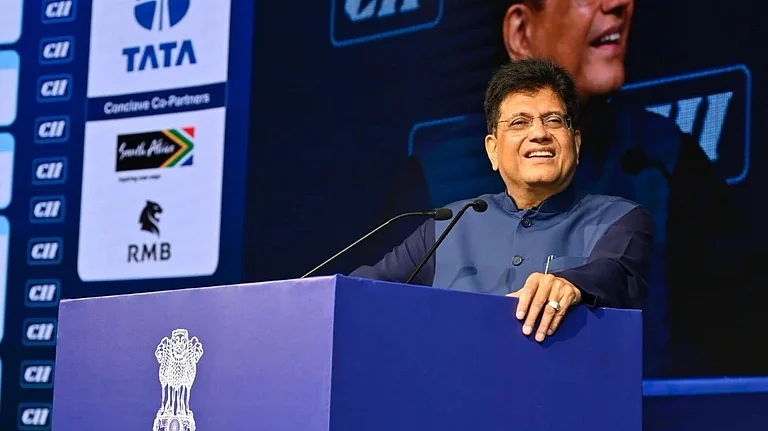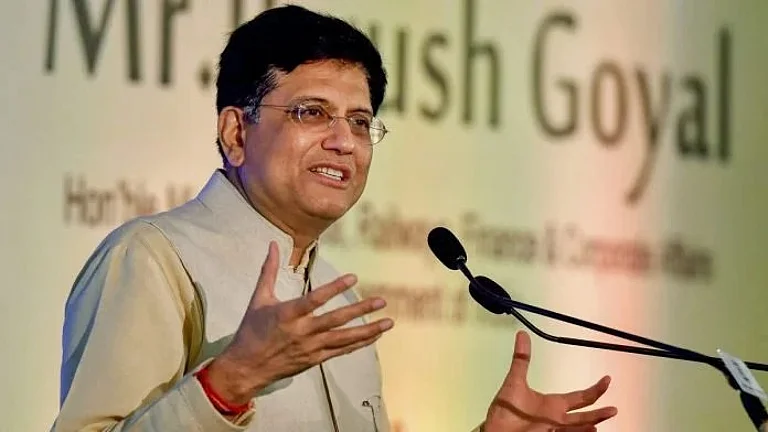Commerce and Industry Minister Piyush Goyal on Wednesday met with Starlink representatives including Vice President Chad Gibbs and Senior Director Ryan Goodnight to discuss the company’s investment plans, advanced technology platform and existing partnerships in India.
In an X post, Goyal stated that his meeting with Starlink representatives centred on the company’s advanced technological platform, current collaborations and plans for future investments in India.
The meeting comes little over a month after Reliance Jio and Bharti Airtel announced partnerships with Elon Musk’s SpaceX to offer Starlink services in India, both telecom giants will stock Starlink equipment in their retail stores. Meanwhile, Vodafone Idea is engaged in “exploratory talks” with the satellite internet provider.
Starlink’s Aim
Starlink’s expansion into India targets a massive user base, with the company already serving over five million subscribers across 125 markets as of February 2025. Jefferies analysts predict Starlink could gain up to 5.7 million additional users in India over the next five years. The low‑earth‑orbit network is expected to deliver internet speeds of several gigabits per second, with much of the infrastructure already in place pending necessary permits.
Starlink’s current capacity is 350 terabits per second, projected to grow exponentially with the deployment of third‑generation satellites.
Regulatory Hurdles
The Indian telecom department, one of the world’s largest bureaucracies overseeing communications infrastructure, has posed significant challenges for Starlink over an extended period. Although Starlink received approval to operate in Bhutan and Pakistan, it has not yet passed security assessments from India’s Ministry of Home Affairs.
Additionally, telecom operators like Jio are cautious about granting the SpaceX subsidiary access to satellite spectrum without an auction.
Prime Minister Narendra Modi met Elon Musk in Washington, DC earlier this year, but Starlink’s status in India remains uncertain. Even if the Department of Telecommunications (DoT) grants authorisation, further approvals are needed including pricing by the Telecom Regulatory Authority of India (TRAI) and administrative spectrum allocation by the DoT. This process is incomplete, unlike the Bharti‑backed OneWeb, which is already serving some defence customers on a trial basis.
































